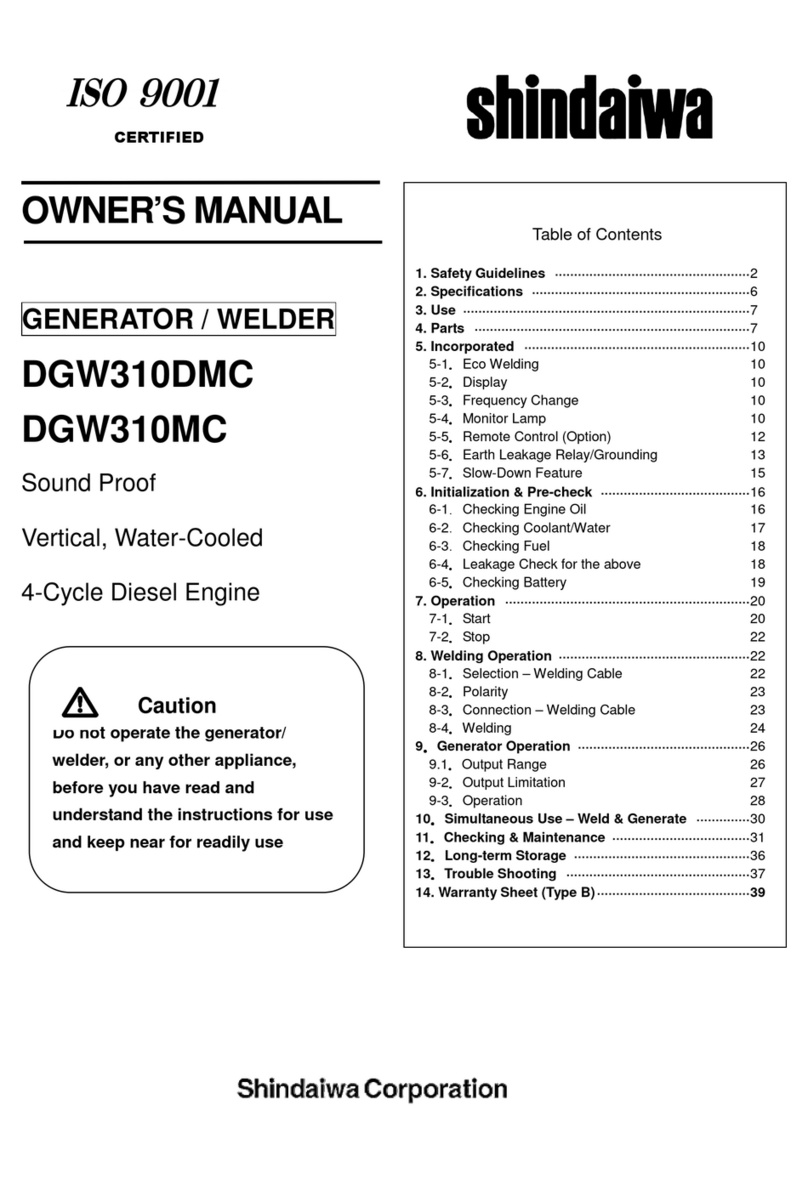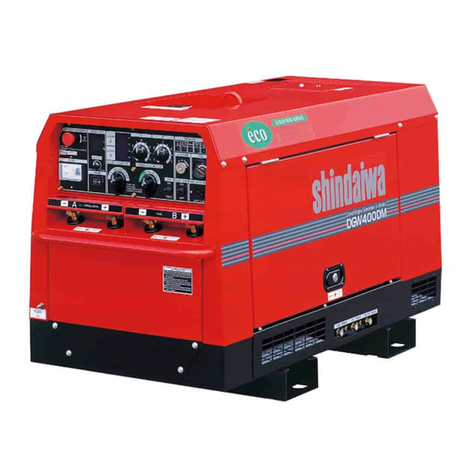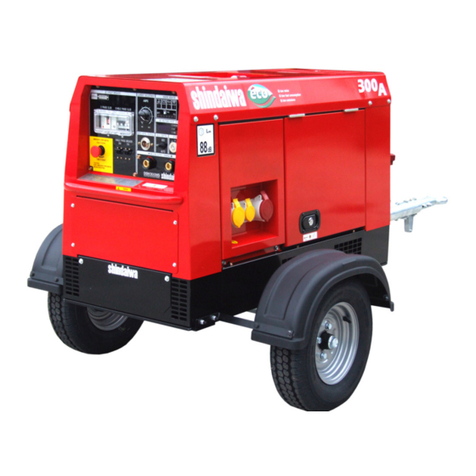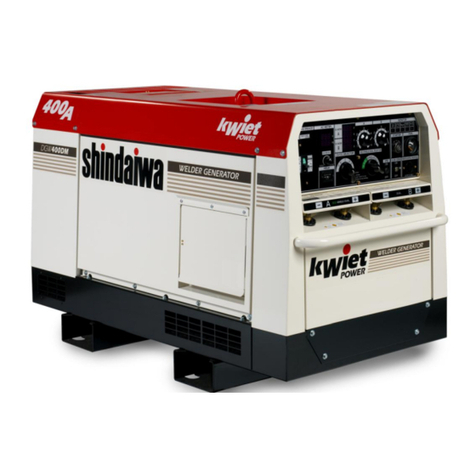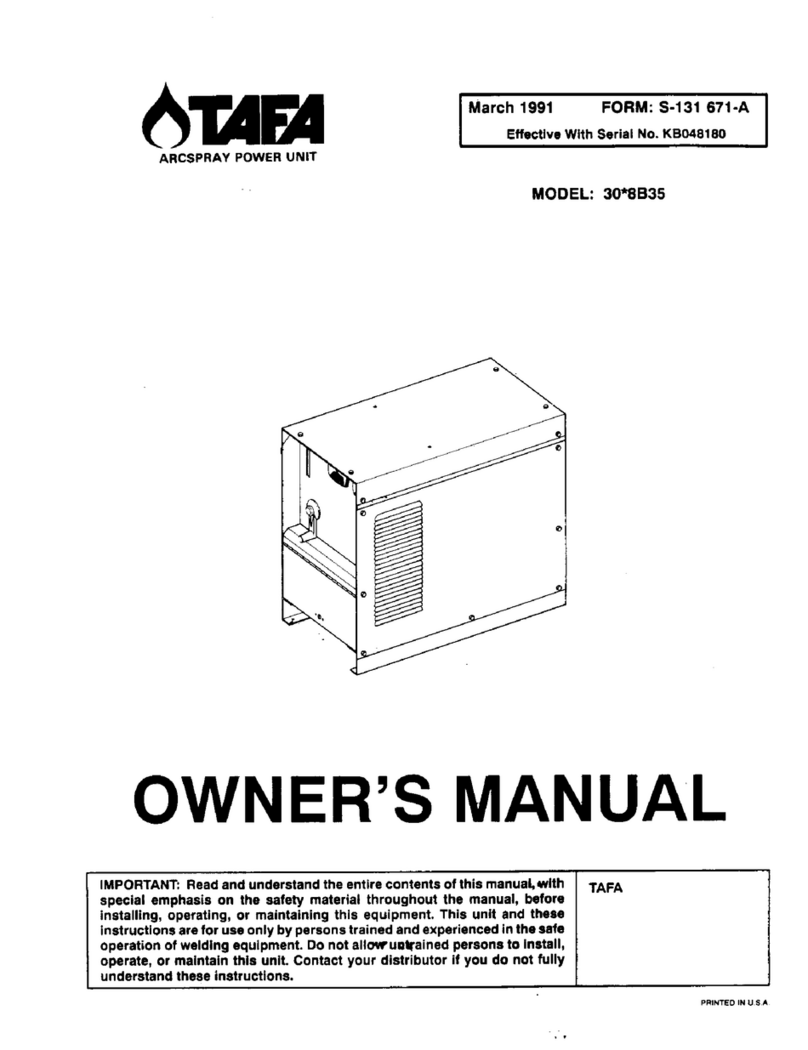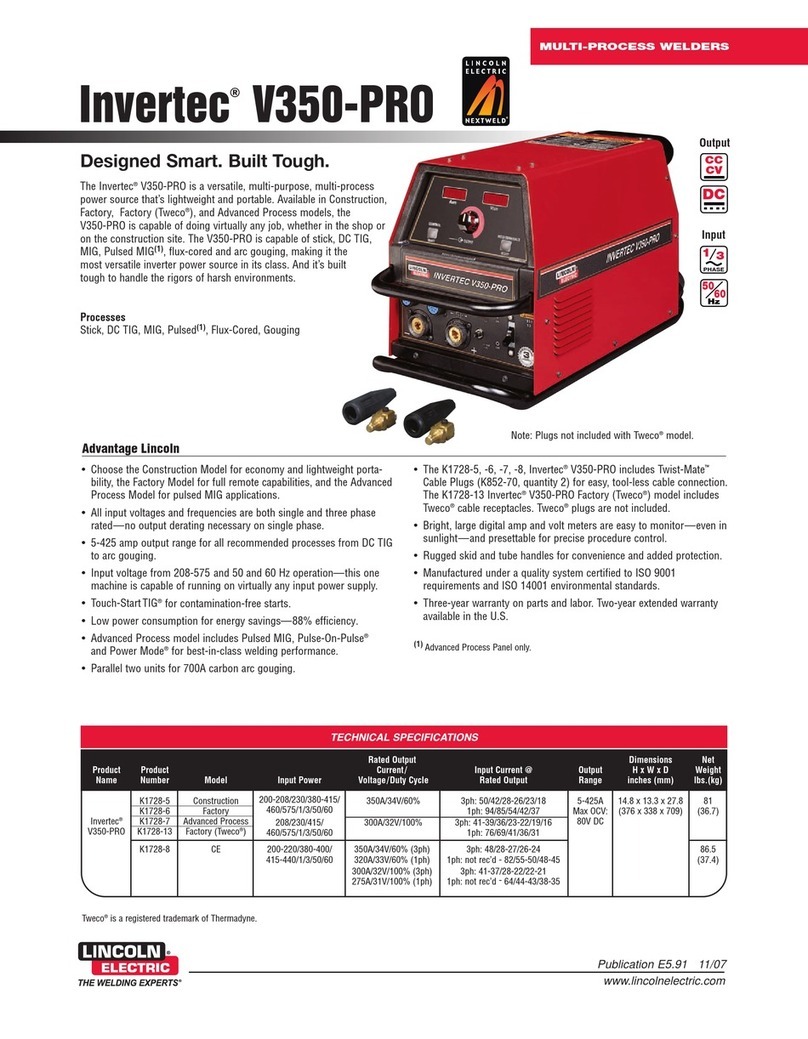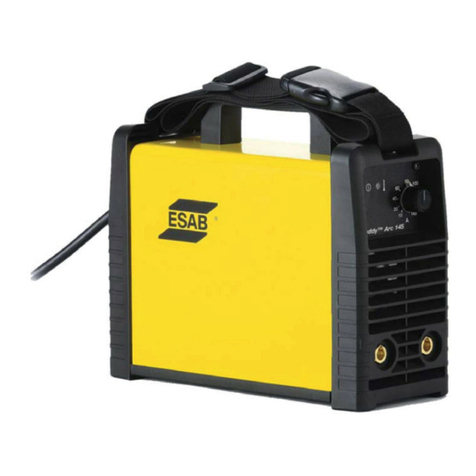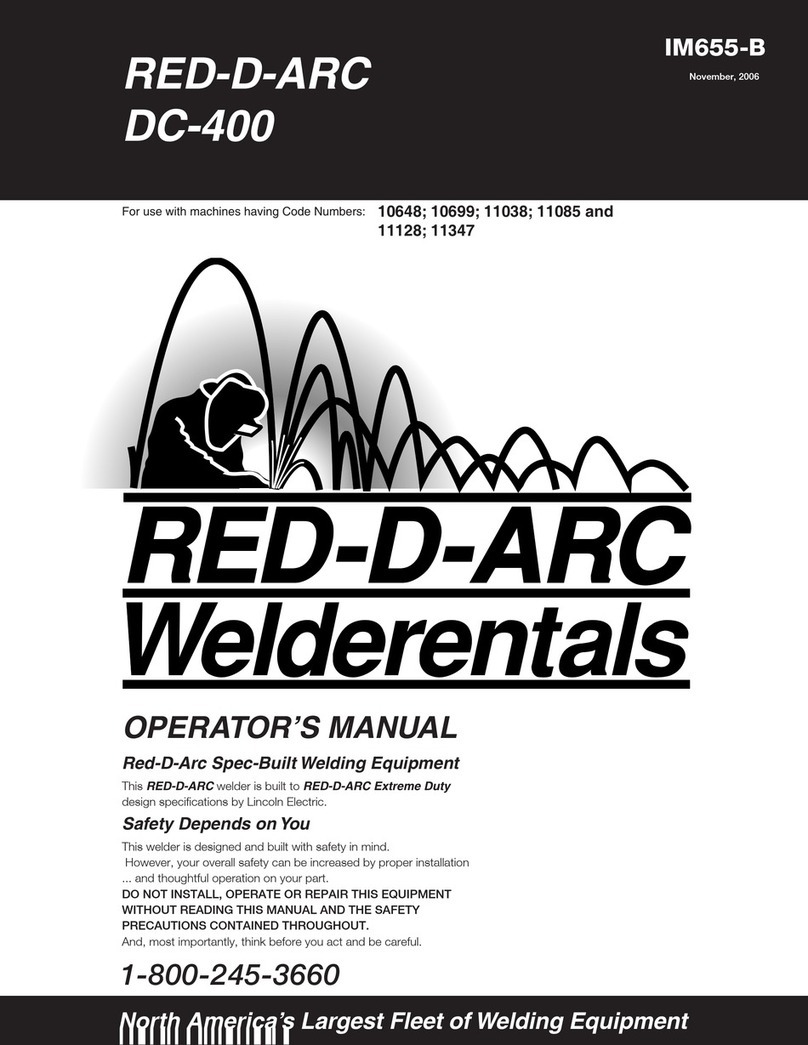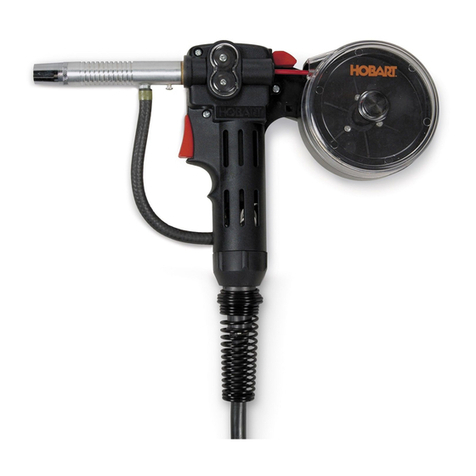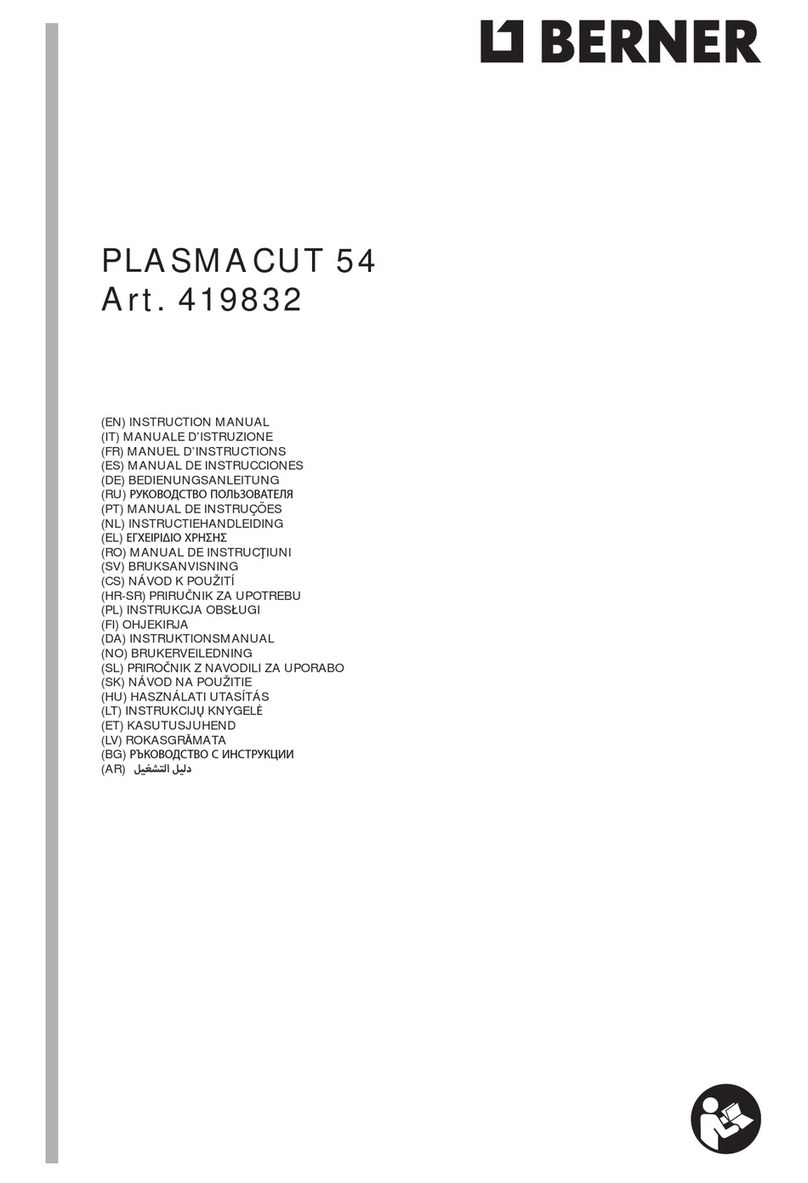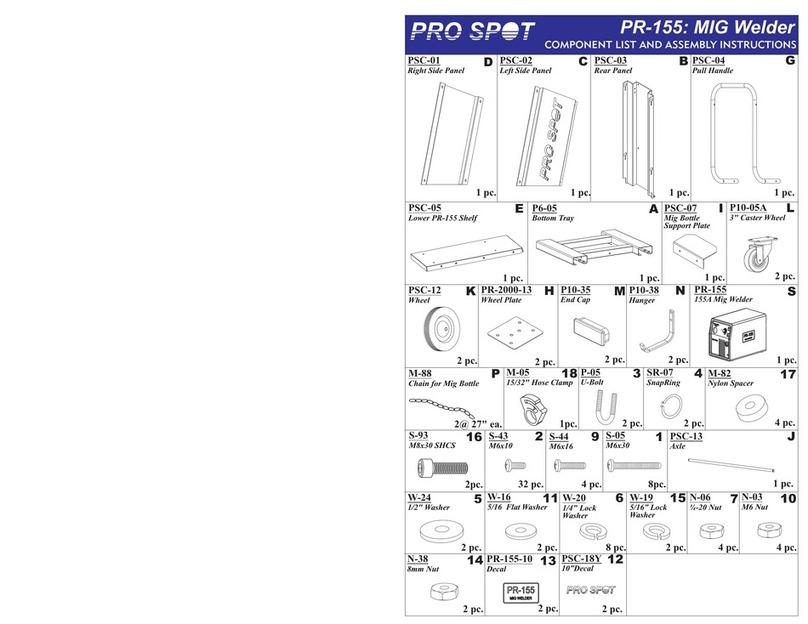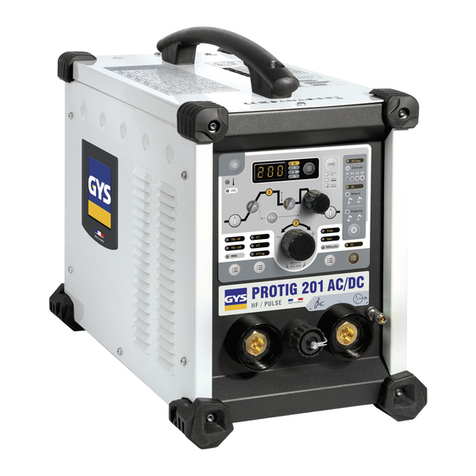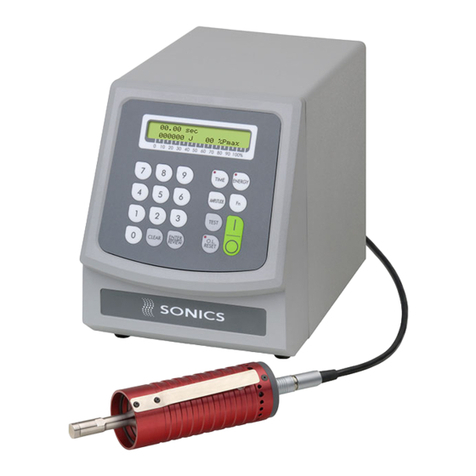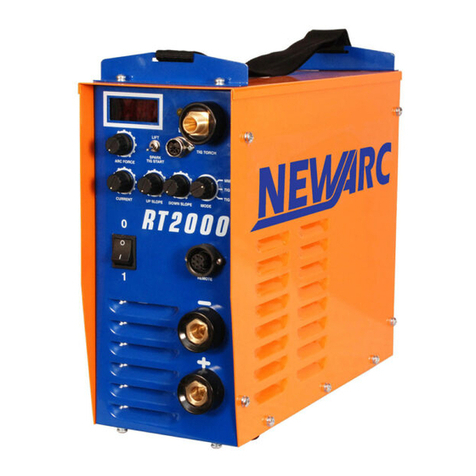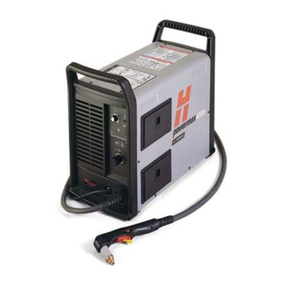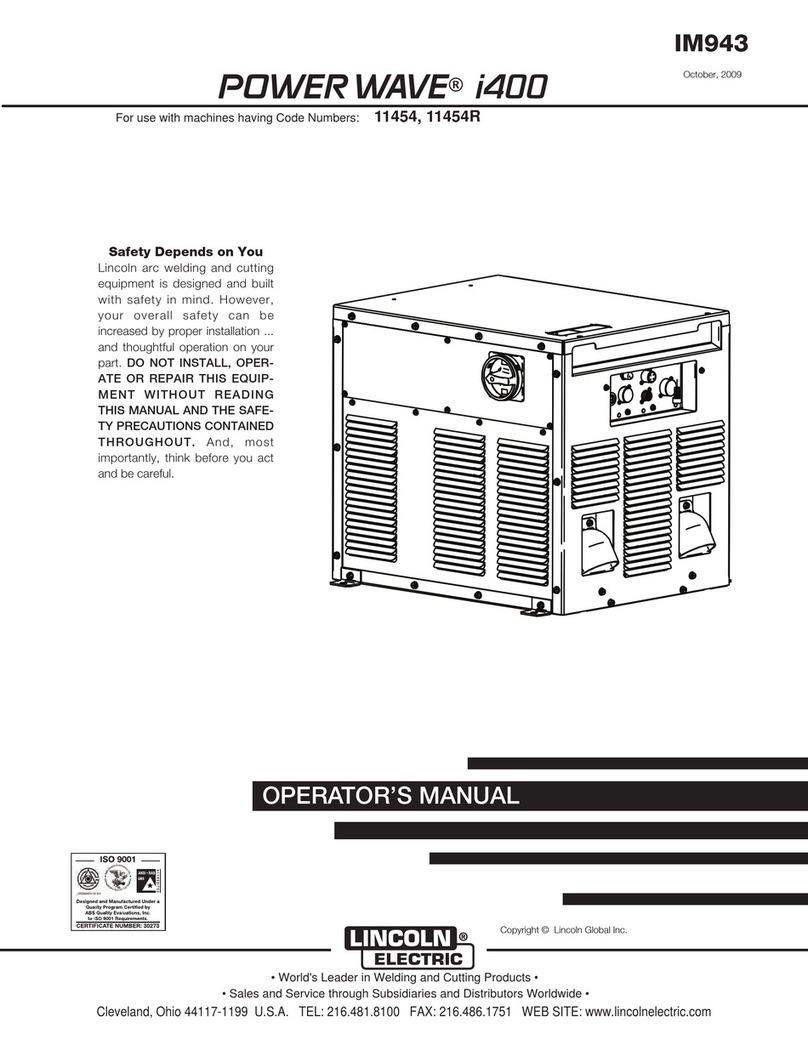
- 1 -
Table of Contents
1. Safety Precautions···································································· 2
2. Specifications ·········································································· 6
3. Applications············································································· 7
4. Part Names ·············································································· 7
5. Equipment ··············································································10
5-1. Automatic Switching Mode················································10
5-2. Simple Hour Meter (Tripmeter)···········································10
5-3. Spill Containment····························································10
5-4. ECO Drive ·····································································11
5-5. VRD (Voltage Reduction Device)········································12
5-6. Weld Mode Selector·························································13
5-7. Meter············································································13
5-8. Error Code Display··························································14
5-9. Frequency Selector··························································14
5-10. Monitor Lamp·································································14
5-11. VoltageAdjustment Dial····················································16
5-12. Earth Leakage Circuit Breaker and Grounding ······················16
5-13. Remote Control (Option)···················································19
6. Pre-Operation Inspection··························································19
6-1. Engine Oil Inspection·······················································20
6-2. Cooling Water Inspection··················································20
6-3. Fuel Inspection ·······························································21
6-4. Spill Containment Inspection··············································22
6-5. Inspection for Fuel/Oil/Cooling Water Leakage······················22
6-6. Battery Inspection····························································22
7. Operating Procedures······························································23
7-1. Starting the Engine··························································24
7-2. Stopping the Engine·························································25
8. Using as a Welder····································································25
8-1. Welding Cable Selection···················································25
8-2. Welding Polarity······························································26
8-3. Welding Cable Connection················································26
8-4. Welding Work·································································27
9. Using as a Generator································································29
9-1. Output Types and Ranges·················································29
9-2. Usable Device Capacities ·················································30
9-3. Operation ······································································30
10. Simultaneously Welding and as AC Power Source·····················32
11. Inspection/Maintenance··························································33
12. Long-Term Storage ································································39
13. Troubleshooting····································································40
14. Engine Wiring Diagram···························································43
15. Generator Wiring Diagram ······················································44


